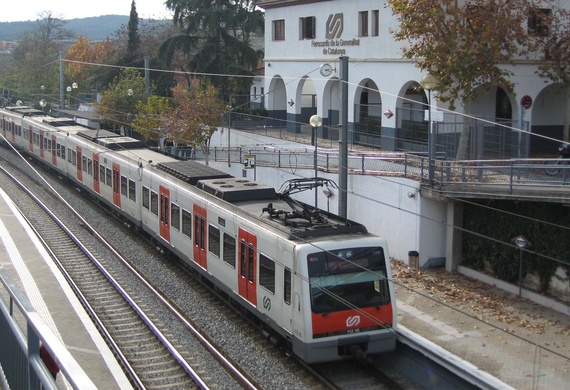Barcelona–Vallès Line
Infrastructure and service planning study
The Barcelona–Vallès line consists of several branches connects the Vallès area on the hills outside Barcelona with the Plaça de Catalunya station. Rapid transit service is operated on two urban branch lines within the city of Barcelona, while commuter rail service runs between Barcelona and Vallès.
Although the line is one of Europe’s busiest urban rail corridors, with headways of less than two-minutes between Plaça de Catalunya and Gràcia stations, the line’s operator, Ferrocarrils de la Generalitat de Catalunya (FGC), is developing plans for increasing peak period service to meet growing demand. A key element of this plan is maximising capacity of the existing signalling and interlocking systems.
In this study trenolab assisted Siemens in analysing operations with the objective of squeezing out additional capacity. We started by performing a detailed analysis of existing data to fully understand capacity limitations. Next, we prepared a microscopic simulation model and used it to estimate headway times on all sections, identify critical track circuits and propose efficient improvement measures, for example, adding a track circuit and/or adding or moving a signal. Finally, we worked with FGC and Siemens to develop an optimised programme of improvement measures for implementation.
Our tasks:
- Operations analysis
- Infrastructure planning
- Microscopic simulation model development
- 2018/03 - 2018/05
- Spain
- Ferrocarrils de la Generalitat de Catalunya
- Integrated Service and Infrastructure Planning
- TRENOplus, TRENOanalysis, OpenTrack

